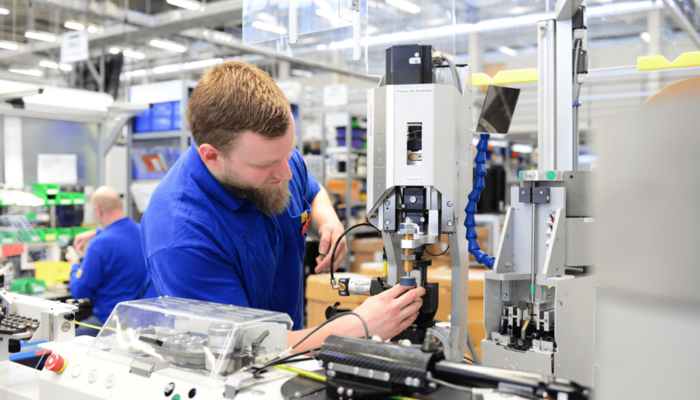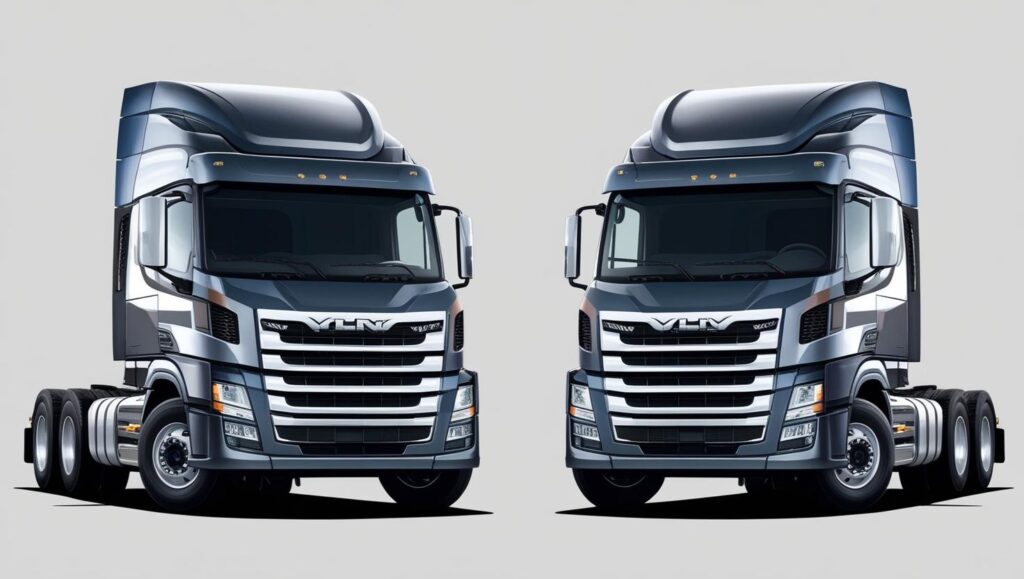To continue to grow in operational excellence, industrial companies are looking at new technologies and need to make their core systems more agile. However, practice shows that legacy applications, including ERP or warehouse management, stand in the way of innovation and agility. By unlocking this legacy in a smart way with a low-code tool- and mindset, the manufacturing industry grows toward the smart industry of the future.
Many companies in the manufacturing industry are at a tipping point. Countless new technologies are available that enable them to further optimize processes. Think AI, Internet of Things applications, and integration capabilities to streamline chain collaboration. Companies can equip objects – machines, robots, Automated Guided Vehicles – with sensors and high-quality cameras. This allows them to collect data and then make smart, automated decisions. The condition is that the company’s core IT can move with these ambitions. And therein lies the problem. These are excellent opportunities to implement operational excellence even better. Investing now in a flexible IT and factory environment is crucial to remaining a leader.
The critical customer
So a lot is being asked of operational excellence – after all, the leading management principle in the manufacturing industry. We see this reflected in several developments:
- Customers are becoming increasingly demanding. The ‘next’ or ‘same day delivery’ mentality in the consumer sphere is seeping into the B2B environment.
- Shorter lead times. There is a strong need to work faster and more flexibly, for example, to get new products rolling off the line.
- Rapidly changing supply chains. Processes are becoming increasingly complex, partly due to the globalization of customers and suppliers. Due to developments and uncertainty in international trade, for example, you need to be able to switch quickly between suppliers. Close coordination with logistics is essential to process the right materials, raw materials, or parts in a timely manner.
- Focus on error reduction and quality improvement. Aspects such as continuous improvement – with Lean Manufacturing, for example – ensure that output goes up and processes are further streamlined.
- Regulatory compliance. This includes compliance with norms and standards (ISO 9001) but also reducing the carbon footprint and using fossil fuels. And in cybersecurity, the reins are being tightened, particularly by the European NIS2 directive.
- Increasing labor shortages. Working more efficiently is one way to (partially) compensate for labor shortages. This applies to both the production and logistics environments.
Flexibility falls short
These developments have a large technological component. Innovating the IT landscape using new technologies is necessary to achieve the desired efficiency gains. While companies in the manufacturing industry recognize the need for innovation, they are often hampered by outdated or inflexible elements in their core IT environment. In the past, for example, investments have been made in a standard ERP system, which has gradually been supplemented by customization to continue to meet the needs of the organization. This also applies to systems such as Manufacturing Execution Systems, Warehouse Management, or Product Lifecycle Management. As a result, the core IT environment has become rigid, costly, and inflexible. This hinders progress and innovation, precisely what organizations need today. On top of that, today’s dynamics and increasing data volumes mean that this core IT is under increasing pressure. Industrial companies, therefore, face two main challenges:
- The business wants to set up new and efficient processes quickly, but IT is too busy keeping said legacy in the air. Innovation does not move forward.
- Companies cannot get rid of their legacy quickly because it still contains valuable business rules and drives primary processes.
Valuable logic and business rules
Within these legacy systems, there is usually still a set of essential business rules and logic active, which cannot be modified without the risk of disrupting production processes. Because of the business-critical nature, companies don’t dare, won’t or can’t rudely phase out their legacy. And they don’t have to. There are tools that make it possible to extract business intelligence from the legacy environment and make it available to new business applications that, for example, improve production quality and provide sales with better customer insights. A low-code shell, so to speak, will surround the existing legacy IT, ensuring that new technologies can flourish within the outdated configuration. And where possible and necessary, you can choose to replace outdated elements step by step, when the risks are manageable.
Smart Industry
This ensures business continuity across the board and guarantees improved operational excellence. The deployment of low-code development technology is the basis of a fast time-to-market; the business does not have to wait endlessly for IT. In fact, business and IT speak the same language and work closely together to perfect the IT landscape. The benefits are obvious:
- Adapt production and logistics processes quickly and flexibly with a low-code platform, without adjustments to existing legacy core software.
- Businesses can adjust quickly in collaboration with IT.
- Easily and quickly make new adjustments to business rules.
Thus, the smart factory is getting closer and closer. Smart in the sense that wishes on the shop floor or in the production process are quickly developed, that many steps are smartly automated, and that self-management becomes leading. So, technology can do a lot; all you need is a low-code tool and mindset.
Authors: Hans Canisius (CEO, USoft) and Hugo Farla (Business Consultant, ICT Group)




